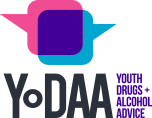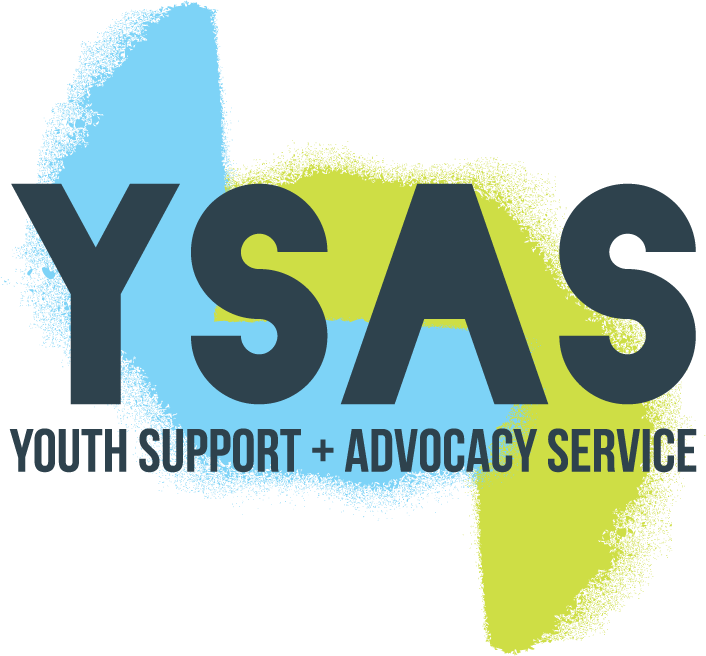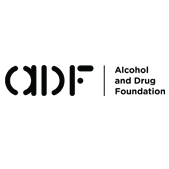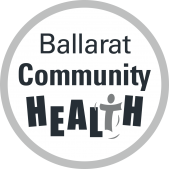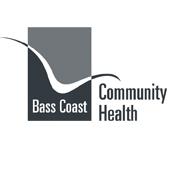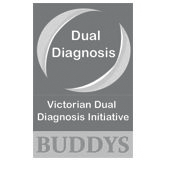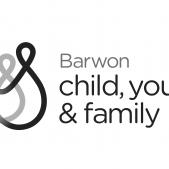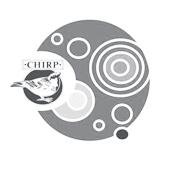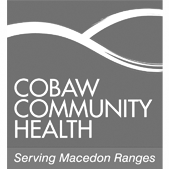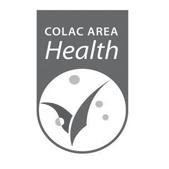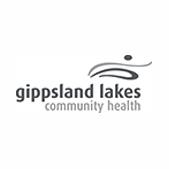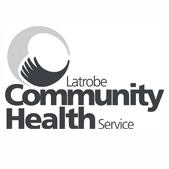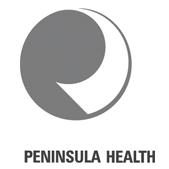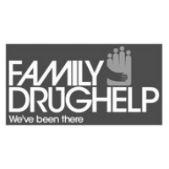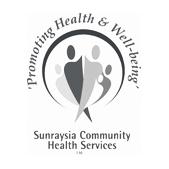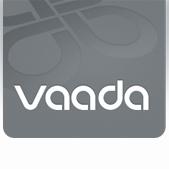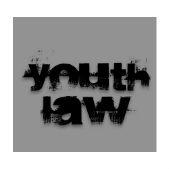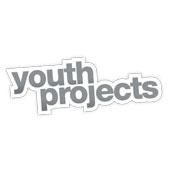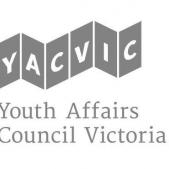Drug Facts
Synthetic cannabis-Fast facts for schools
Young people who use synthetic cannabis report similar effects to cannabis. Relaxation, decreased concentration, slower reaction times, and potential for auditory and visual hallucinations, anxiety and panic.
WHAT?
Synthetic cannabis is a psychoactive substance that was originally designed to mimic the effects of cannabis. However there are many reports of different effects. It is often sold online, in adult stores or in herbal high shops. Since 2011 the Victorian Government has banned some synthetic cannabis.
OTHER NAMES
Synthetic cannabinoids go by many names such as Kronic, K2, Spice, Zeus, Herbal incense, Tai high, Puff, Northern lights, Joker, Marley, or Blue Lotus.
SIGNS SOMEONE HAS RECENTLY USED THIS DRUG
Synthetic cannabis and cannabis can have some effects in common, if someone has used either they may seem:
- relaxed
- decreased
- concentration,
- Slower reaction times.
- Auditory and visual hallucinations.
It is important to note that some of the newer substances being labelled “synthetic cannabis” do not mimic the effects of main chemical found in cannabis. The effects of synthetic cannabis are being reported by users can be negative and potentially harmful:
- fast and irregular heartbeat
- racing thoughts
- agitation
- anxiety
- psychosis
- aggression
- chest pain
- vomiting
- seizures
- stroke
- death
As Synthetic Cannabis and New Psychoactive Substances are new to the market/ sector at times there is limited information on their long term effects.
The strength of synthetic cannabis and the chemicals used vary from batch to batch. This makes it hard to predict what the effects of it will be.
Unlike regular cannabis, it is possible to overdose on synthetic cannabis. Signs of an overdose are; agitation, confusion, seizures, vomiting, loss of consciousness, high or low blood pressure (hyper/hypotension) and any chest pain or discomfort (myocardial ischemia or myocardial dysfunction). In this instance, a young person should be calmed and reassured and medical advice should be sought immediately.
SIGNS THAT SOMEONE HAS BEEN USING OR DEALING AT MY SCHOOL
Usually appears as a natural herb since the most common way of selling synthetic cannabis is by spraying the synthetic chemical onto natural herbs that look like cannabis.
Usually comes in bright coloured packaging. Sometimes it is labelled as plant food, herbal incense or potpourri. On the packaging the product is often described as “herbal”, however the actual psychoactive material is synthetic. Not all ingredients are listed on the packets or the correct amounts, this increases the risk of overdose.
HOW COMMON IS USAGE?
Synthetic Cannabis is a newer substance and there is limited reliable data on rates of use in Australia. What we do know is that there has been a decrease in synthetic cannabis use in the last few years however in that time there has been an increase in ED presentation relating to synthetic cannabis use.
IMPLICATIONS FOR THE CLASSROOM
Though not much is yet known about the long term effects of synthetic cannabis on memory, concentration and learning, as this is a drug that was initially manufactured to mimic the effects of another drug, implication for the classroom are relatively similar. A young person who has used synthetic cannabis at, say lunchtime, will have trouble concentrating and may be giggly, distracted or subdued and withdrawn in the afternoon.
IMPLICATIONS FOR SCHOOL CAMP
A young person who has been using synthetic cannabis every day for several months may have trouble sleeping at night and be agitated and anxious in the evening and tired and worn out in the morning if they suddenly stop using. There have been reports some stomach cramping, insomnia, paranoia, panic attacks, agitation, anxiety, mood swings and rapid heart rate. They may be irritable and have a poor appetite and distracting thoughts about ‘wanting to use’ (cravings).
For a more comprehensive guide we recommend the ADF’s fact sheet.
